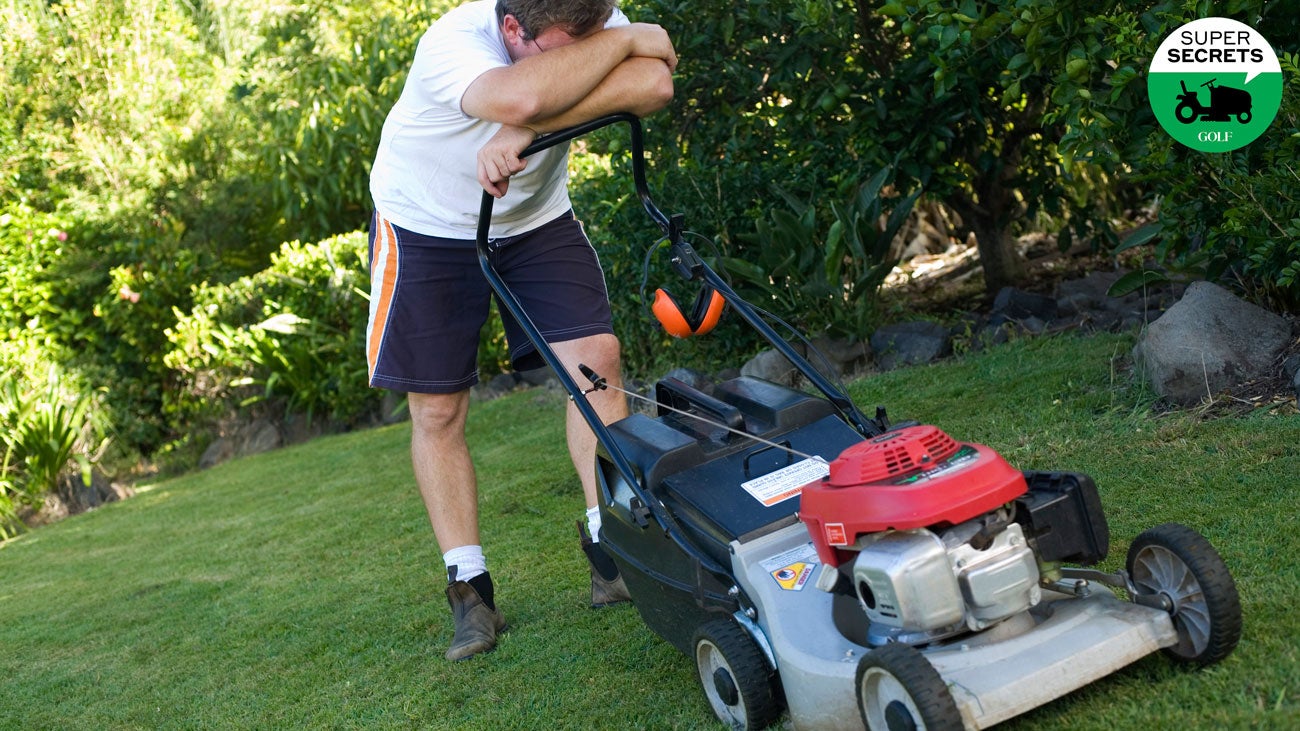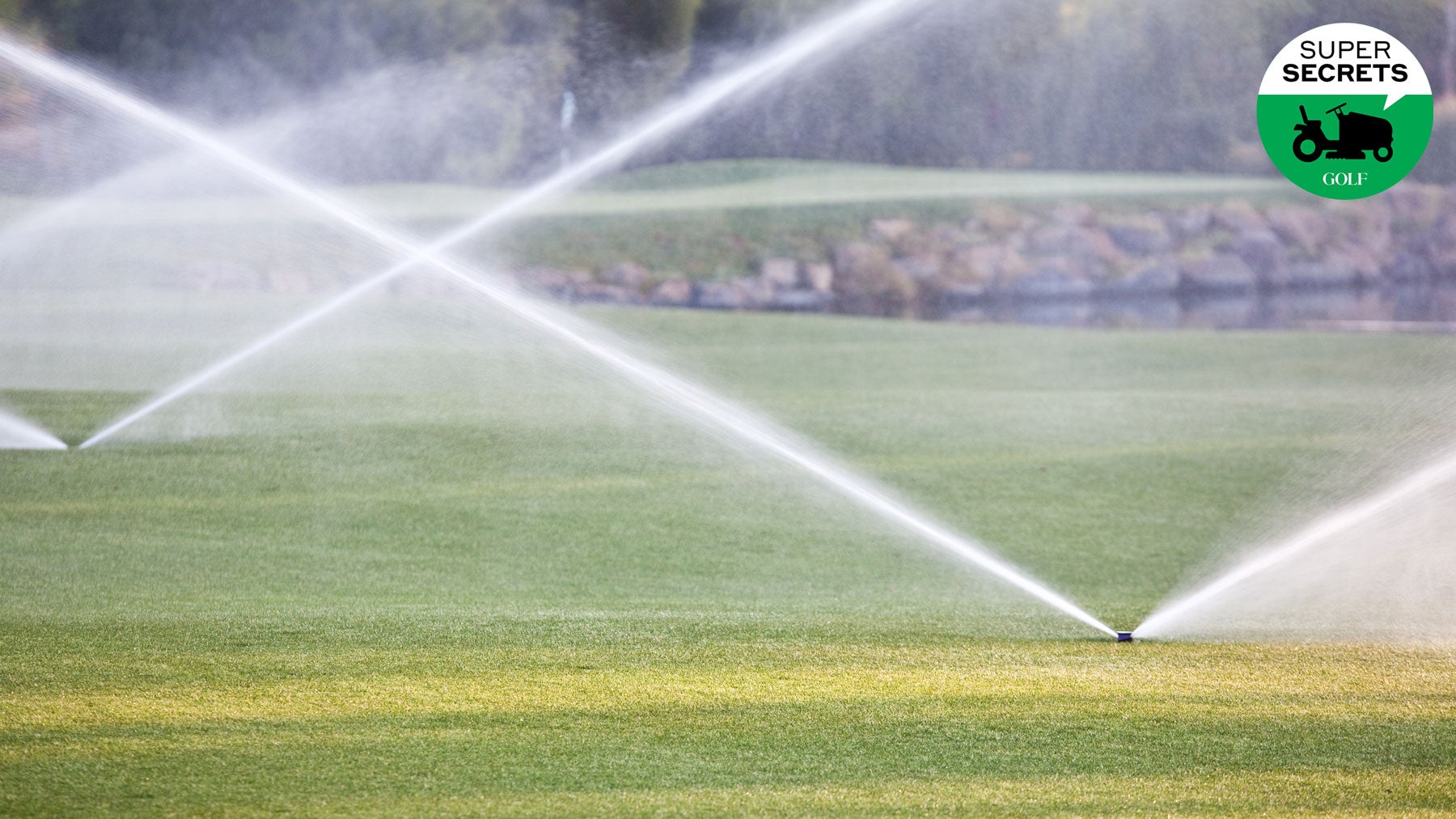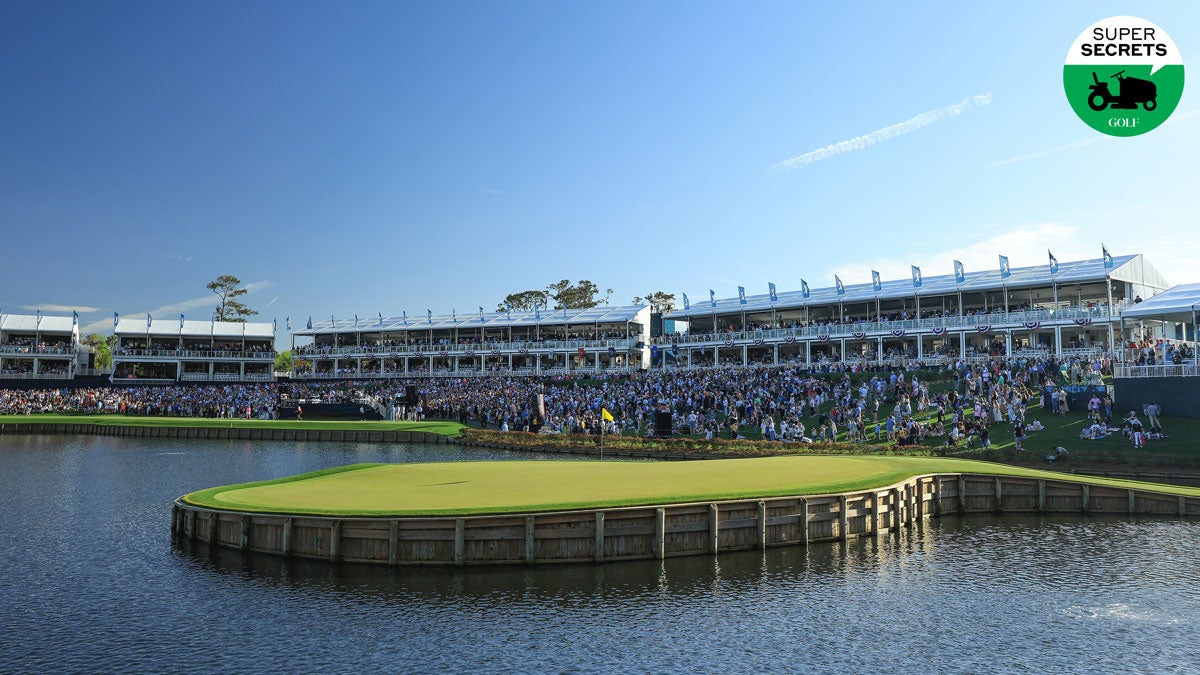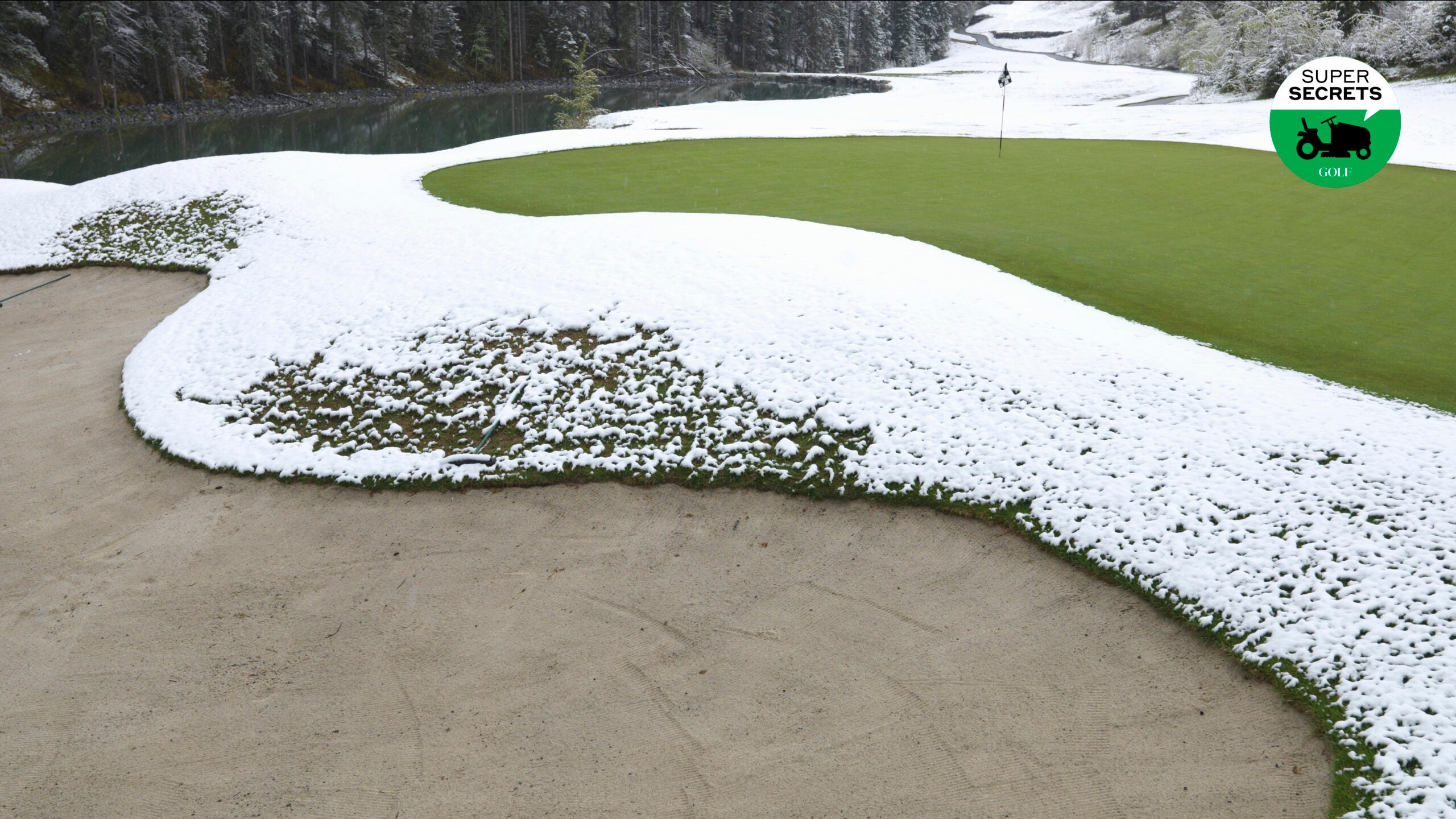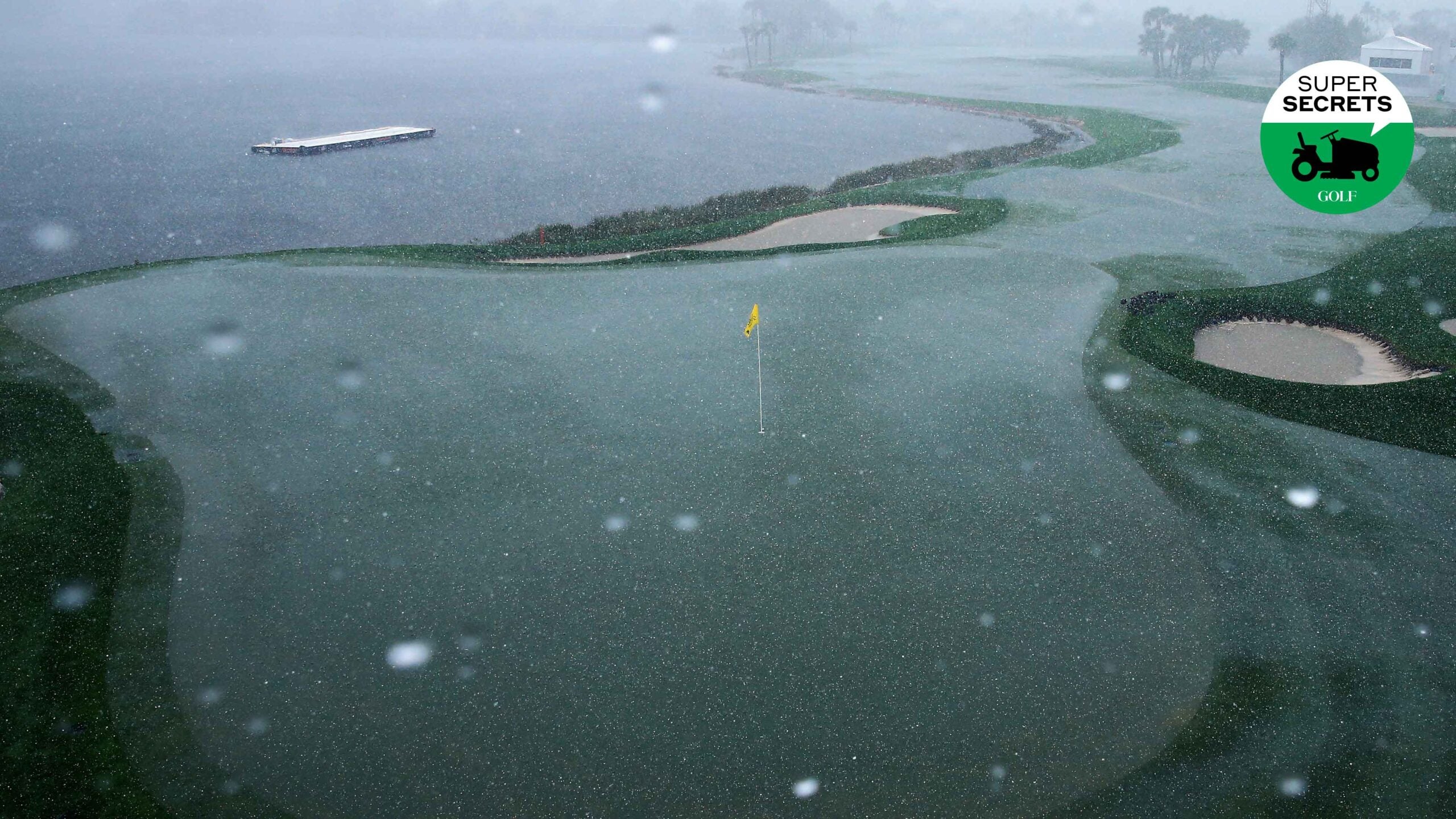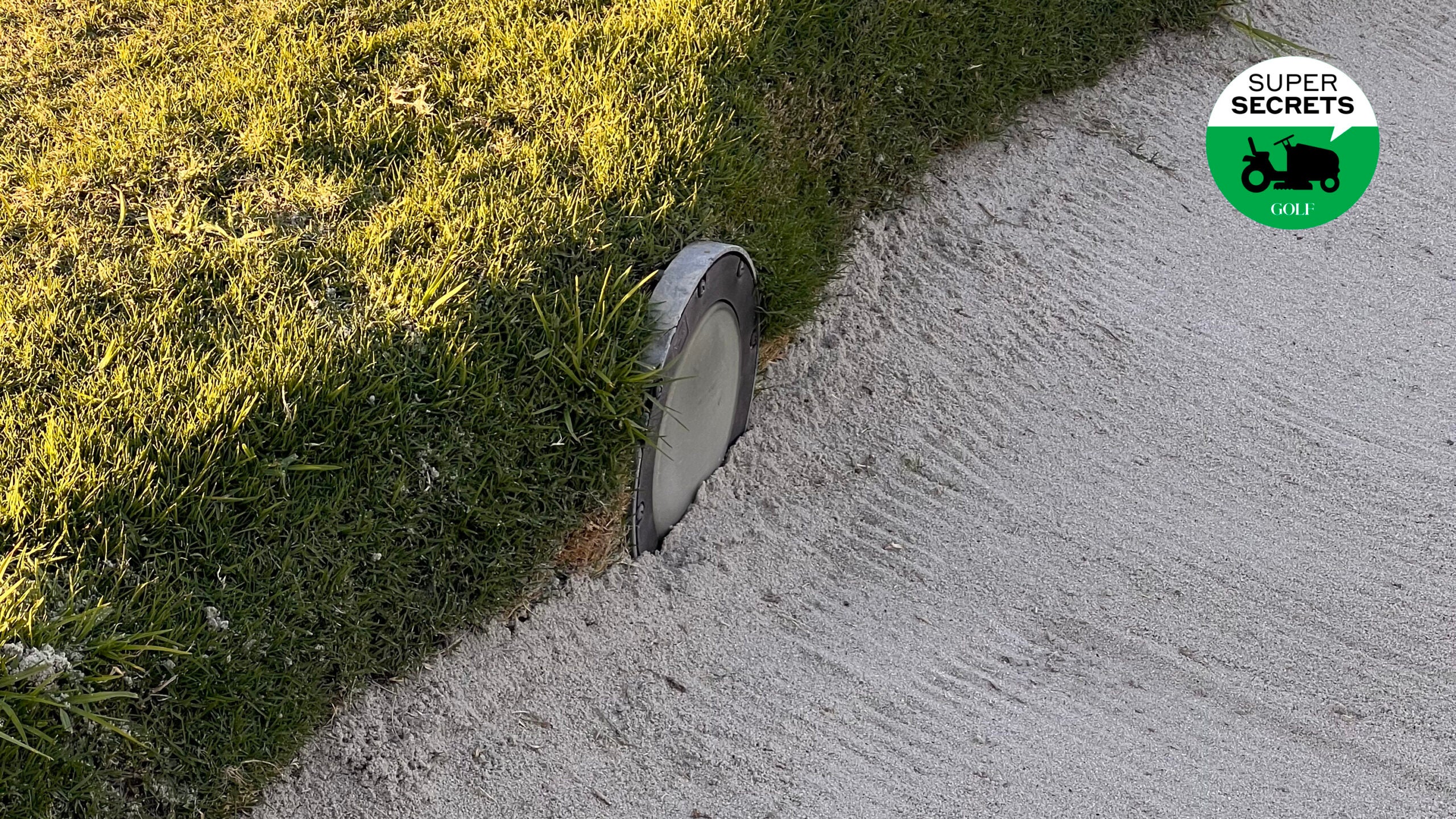Not tall but tangled: What makes the rough at L.A. Country Club so tough

The Bermuda rough at Los Angeles Country Club presents the world's best golfers with an distinctive challenge.
Getty Images
Another major championship, another course with gnarly rough.
But unlike last month’s PGA Championship host, Oak Hill, where players faced a thicket of cool-season fescue, rye and bluegrass off the fairways, Los Angeles Country Club has Bermuda rough.
What are the differences? Do they matter?
Bill Davis is the superintendent at Hidden Hills Golf Club, in Jacksonville, Fla., (where Bermuda proliferates) and a member of the Golf Course Superintendents Association of America.
We threw down some questions and asked Davis to take his hacks.
What’s different about Bermuda?
Bermuda is a warm-season grass, which means that it does best in (spoiler alert) warm climates. Its sweet spot, Davis says, is when daily high and low temperatures total 150 to 160 degrees (for example, highs of 85 and lows of 70 are great for Bermuda). Where cool-season grasses like rye and fescue grow upright, Bermuda is rhizomatous, a fancy way of saying that it spreads horizontally, with a labyrinth of roots running in various directions.
How does it do in L.A.?
Southern California is famously balmy, great for Bermuda. But recent months in L.A. were relatively cool, and some reports leading up to this week’s event suggested that the rough at LACC was not as thick as some had hoped. Even so, Davis notes, agronomists have ways of encouraging growth (hint: it’s called fertilizer, rich in nitrogen). There’s little doubt that the rough at LACC received more than one good feeding in preparation for the event.
How does it affect play?
With its horizontal growth, Bermuda tends to produce lower-lying and more matted conditions than the upright variety the players faced at Oak Hill. In Bermuda, shots are less apt to vanish altogether. But seeing the ball is not the same as catching it purely. “From fescue and rye, you can still sometimes spin it,” Davis says. “Not so much from Bermuda. It’s hard to make clean contact with the leading edge. You wind up getting a lot of knuckleballs.”
(The high grass around the bunkers, meanwhile, is fescue, and though it will no doubt cause some headaches, its role in this event, Davis says, is apt to be more aesthetic than pragmatic. It creates a beautiful, wispy look. But the world’s best should be able to steer clear of it more often than not)
Those spin-less shots are tricky to control. As a consequence, Davis says he expects to see more punch-outs and lay-ups from the rough than what we saw at Oak Hill. “At the PGA Championship, we saw a lot of guys going for the green from the rough, even from a long way out,” Davis says. “I expect to see less of that this week. This week, it’s going to be more about chopping it back into play, and then trying to get it up and down.”



